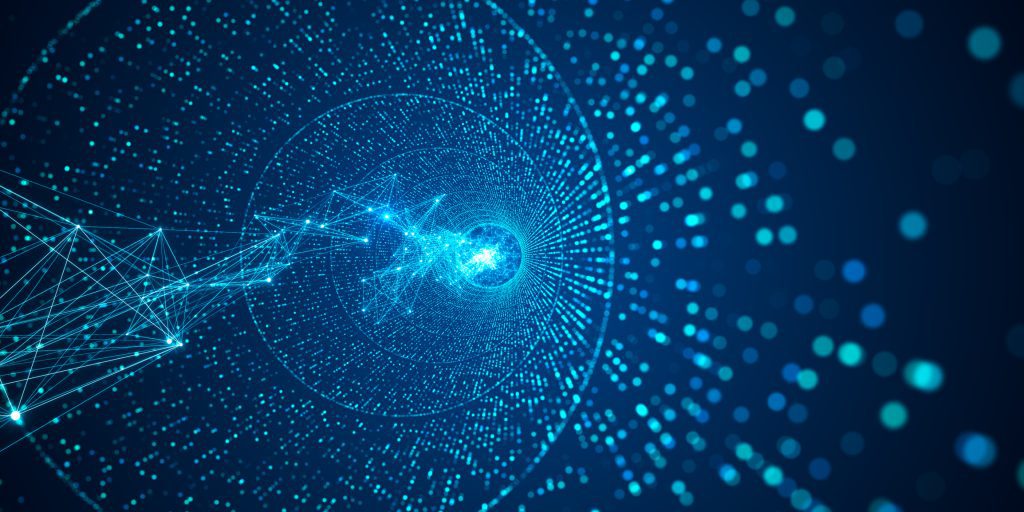Machine learning (ML) has strong potential for predicting how satellites spin, which can ultimately prevent collisions in space. However, the complexity and diversity of data inputs in these algorithms can make their predictions unreliable and difficult to interpret, potentially eroding trust among operators who rely on them for critical tasks like collision avoidance.
The Georgia Tech Research Institute (GTRI) is addressing this challenge by developing a physics-informed ML approach that combines the theoretical foundations of traditional physics models with the advanced capabilities of modern ML techniques. The goal of the project is to improve the accuracy of satellite spin predictions and strengthen operator trust.
The work has been supported by GTRI’s Independent Research and Development (IRAD) program and won an IRAD of the Year award in fiscal year 2024.
“Imagine an object spinning, like a coin. If it’s not spinning perfectly around its center of mass, it could become unstable and even flip itself,” said GTRI Senior Research Scientist Gregory Badura, who is leading this project. “If a flip like this happens in space, it could have significant consequences for predicting when an object might break up or where it could go next.”


